Blog
Advice and expertise from AM, and special guest posts by leading archivists, academics and librarians from around the world.
-
TitleDescriptionDate
-
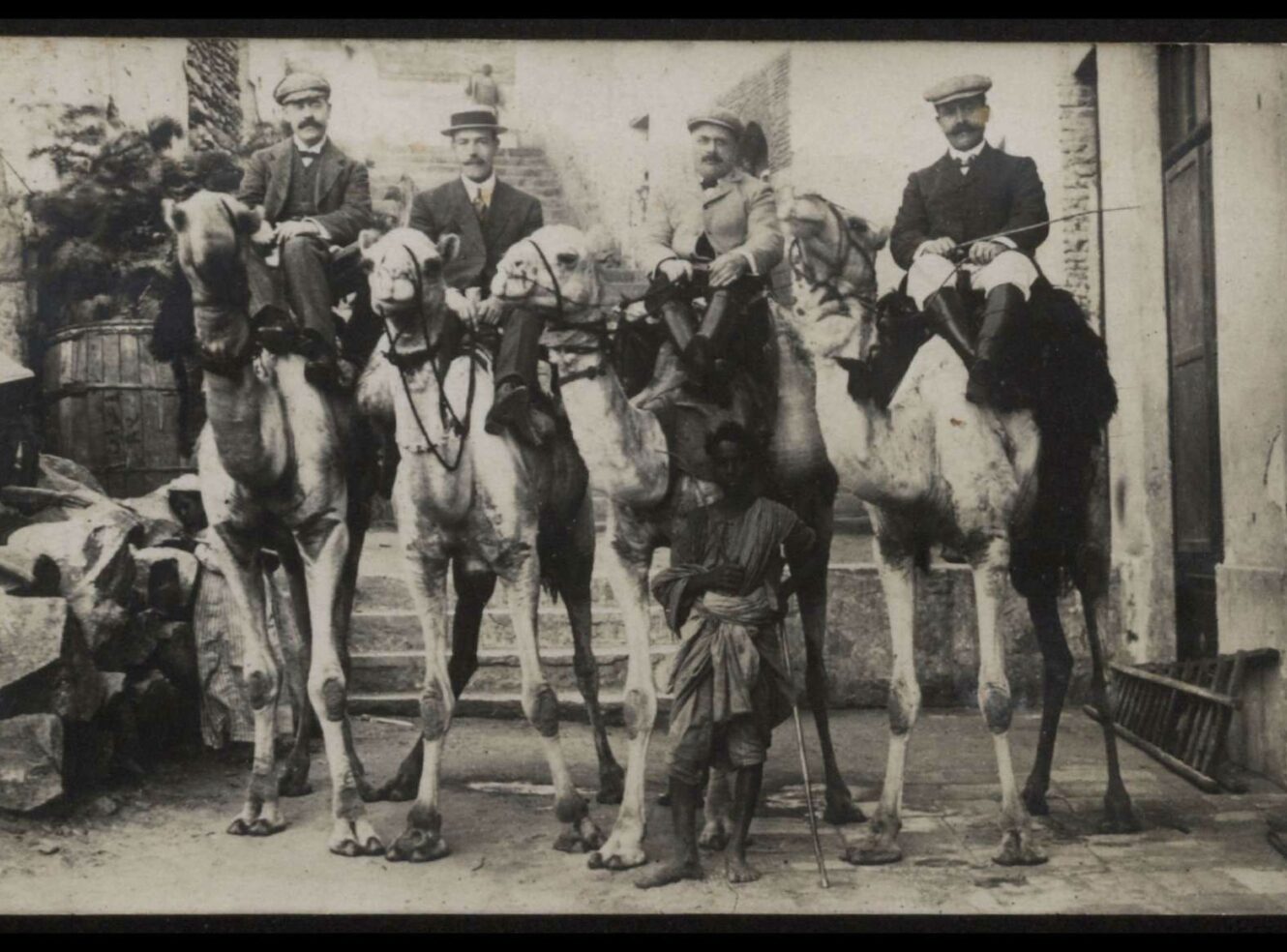 Thomas Cook and Touring the Middle East
Thomas Cook and Touring the Middle EastThis week sees the anniversary of the Sykes-Picot agreement. A secret agreement between the Triple Entente signed on the 16th May 1916, it would divide the Middle East and the surrounding areas that were currently controlled by the Ottoman Empire. The plan was exposed by the new Bolshevik government of Russia in 1917 and printed in the UK newspaper the Guardian the same year.
-
 Sowing the Seeds of a Settlement on the American Frontier
Sowing the Seeds of a Settlement on the American FrontierI’m going to be honest: there are no bear attacks or Leonardo DiCaprios in this frontier- related blog post. There is, however, the story of a modest Quaker husband and wife, Thomas and Hannah Symons, who, following their marriage in 1811, decided to migrate from their homes in North Carolina to settle in Indiana which at the time was still a largely unsettled territory. Initially, this doesn’t sound like a particularly exceptional story in keeping with the notion of American exceptionalism, but all ideologies aside, Hannah Symons’ recollections provide a fascinating and personal insight into the hardship, bravery and perseverance involved in sowing the seeds of a settlement on the American frontier.
-
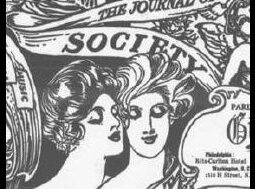 Town Topics: The Journal of Society
Town Topics: The Journal of SocietyEveryday Life & Women in America c.1800-1920 features a full run of the rare periodical Town Topics: The Journal of Society (1887-1923) from the New York Public Library. Town Topics was a weekly periodical offering literature reviews, short fictional stories, sporting news and financial advice. The periodical actually began as The American Queen but the name was changed to Town Topics when Colonel E.D. Mann assumed the editorship in 1891. As well as the name the success and the tone of the magazine were also set to change.
-
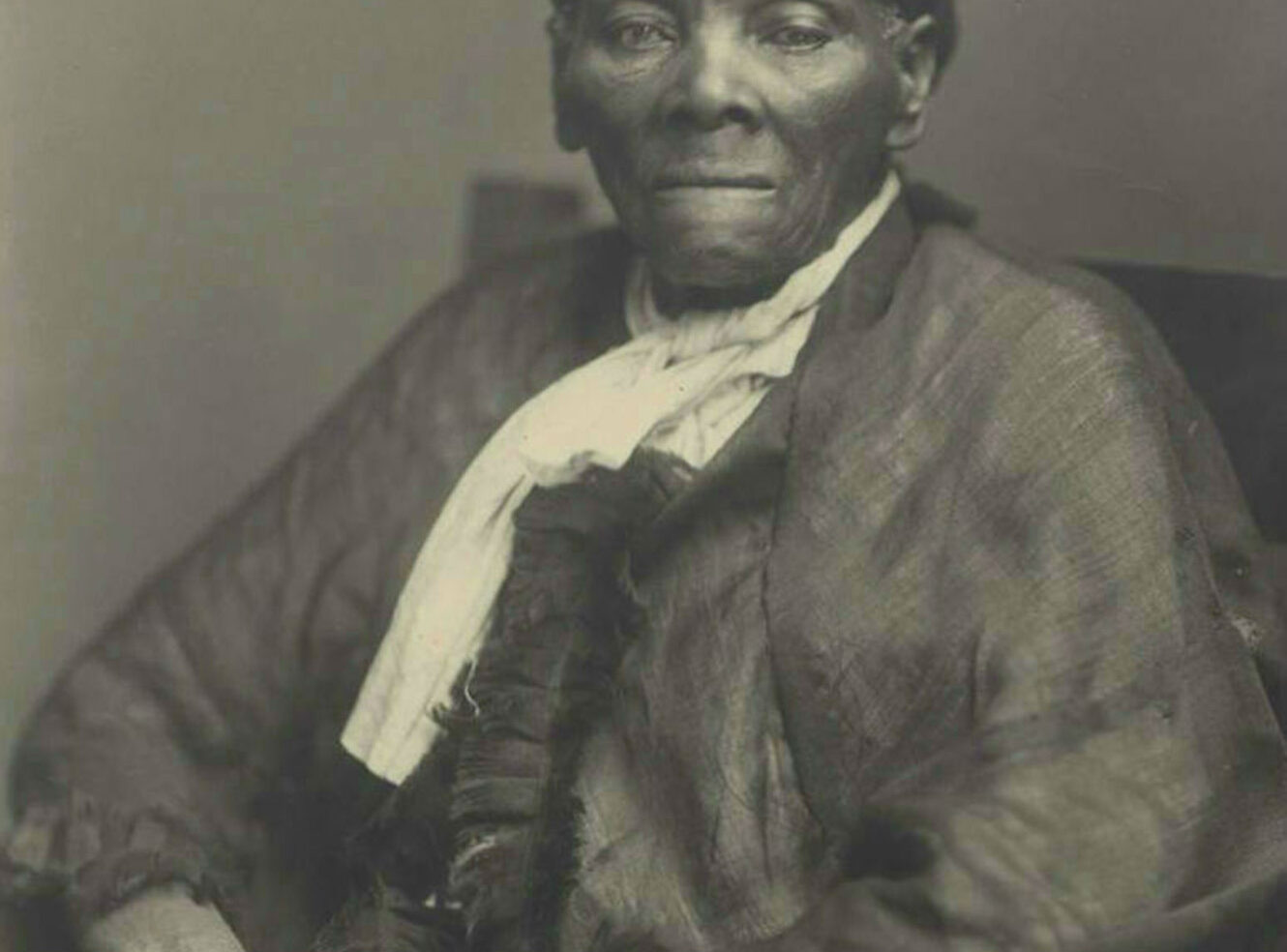 Another scene in the life of Harriet Tubman
Another scene in the life of Harriet TubmanBack in 2016 the U.S. Treasury Secretary, Jack Lew, announced that some changes were being made to America’s paper currency. Chief among them was the replacement of Andrew Jackson on the front of the $20 bill, to make way for the inclusion of Harriet Tubman, the former slave turned abolitionist who was dubbed “Moses” due to her work in guiding slave families away from their owners using the infamous Underground Railroad. Unfortunately due to administrative delays she has yet to appear on the bills, but her remarkable life is celebrated in American History, 1493-1945.
-
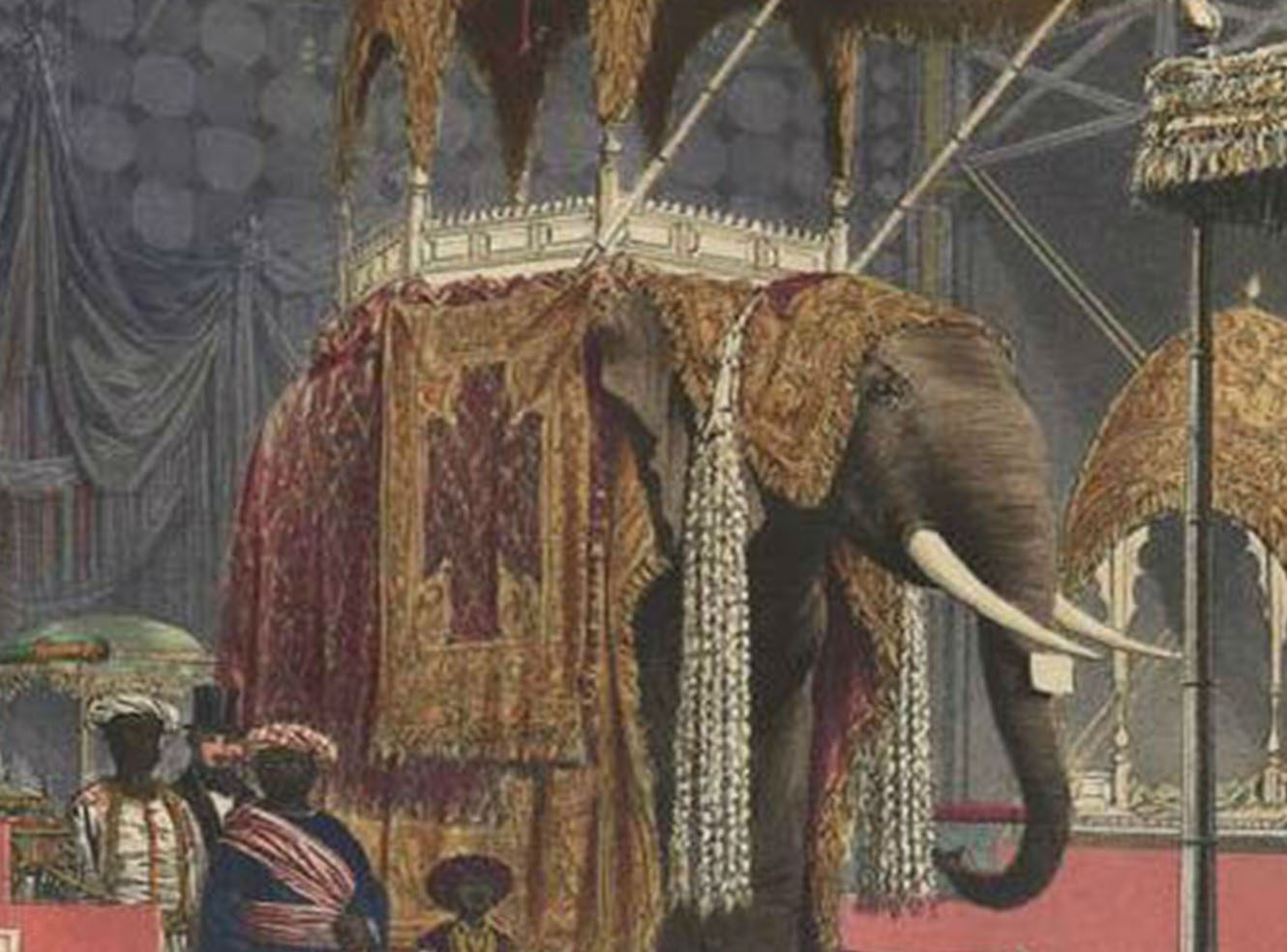 Pomp, circumstance and a crystal palace: The Great Exhibition of 1851
Pomp, circumstance and a crystal palace: The Great Exhibition of 1851The Crystal Palace, an architectural wonder of glass and steel, housed a global array of exotic artefacts and would welcome over six million visitors during the Great Exhibition of 1851. For many, the exhibition represents the pomp and circumstance of the Victorian Age.
-
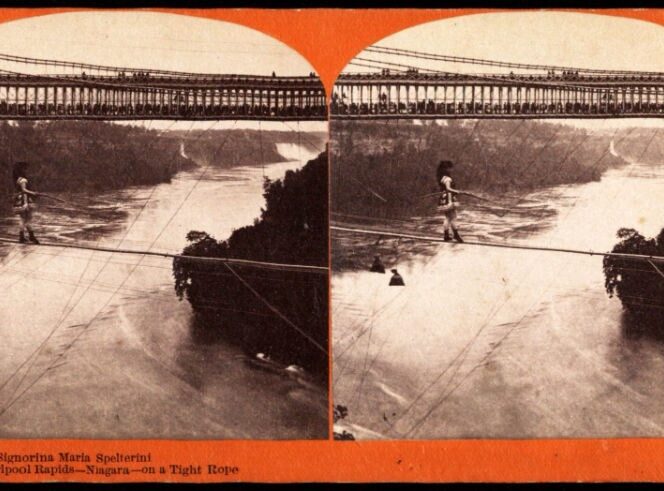 Niagara Falls: A Tourist’s View
Niagara Falls: A Tourist’s ViewOn a recent trip, I was lucky enough to take a detour and visit Niagara Falls, a tourist hotspot since the mid-nineteenth century. This stunning, natural phenomenon is one of the world’s most popular attractions, with more than 12 million visitors each year – and it’s not hard to see why.
-
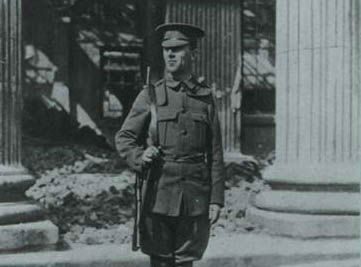 Easter 1916: The Irish Rebellion in an International Context2016 marks the 100th anniversary of the Easter Rising in Dublin, a rebellion which started on Monday April 24, 1916 and lasted until the following Saturday. The Irish Volunteers, the main nationalist military organization, and the Irish Citizen Army, a socialist militia, captured key points throughout the city and proclaimed the establishment of the Irish Republic for the duration of Easter week in an attempt to rid the island of British rule.
Easter 1916: The Irish Rebellion in an International Context2016 marks the 100th anniversary of the Easter Rising in Dublin, a rebellion which started on Monday April 24, 1916 and lasted until the following Saturday. The Irish Volunteers, the main nationalist military organization, and the Irish Citizen Army, a socialist militia, captured key points throughout the city and proclaimed the establishment of the Irish Republic for the duration of Easter week in an attempt to rid the island of British rule. -
 The Race Relations Department: A 1940s Interracial Think Tank. A Special Guest Blog by Chianta Dorsey
The Race Relations Department: A 1940s Interracial Think Tank. A Special Guest Blog by Chianta DorseyThe Race Relations Department of the United Church Board for Homeland Ministries was created by the American Missionary Association Division in 1942. The forum's debate was far-reaching, from racial and ethnic relationships to economics, education, and more.
-
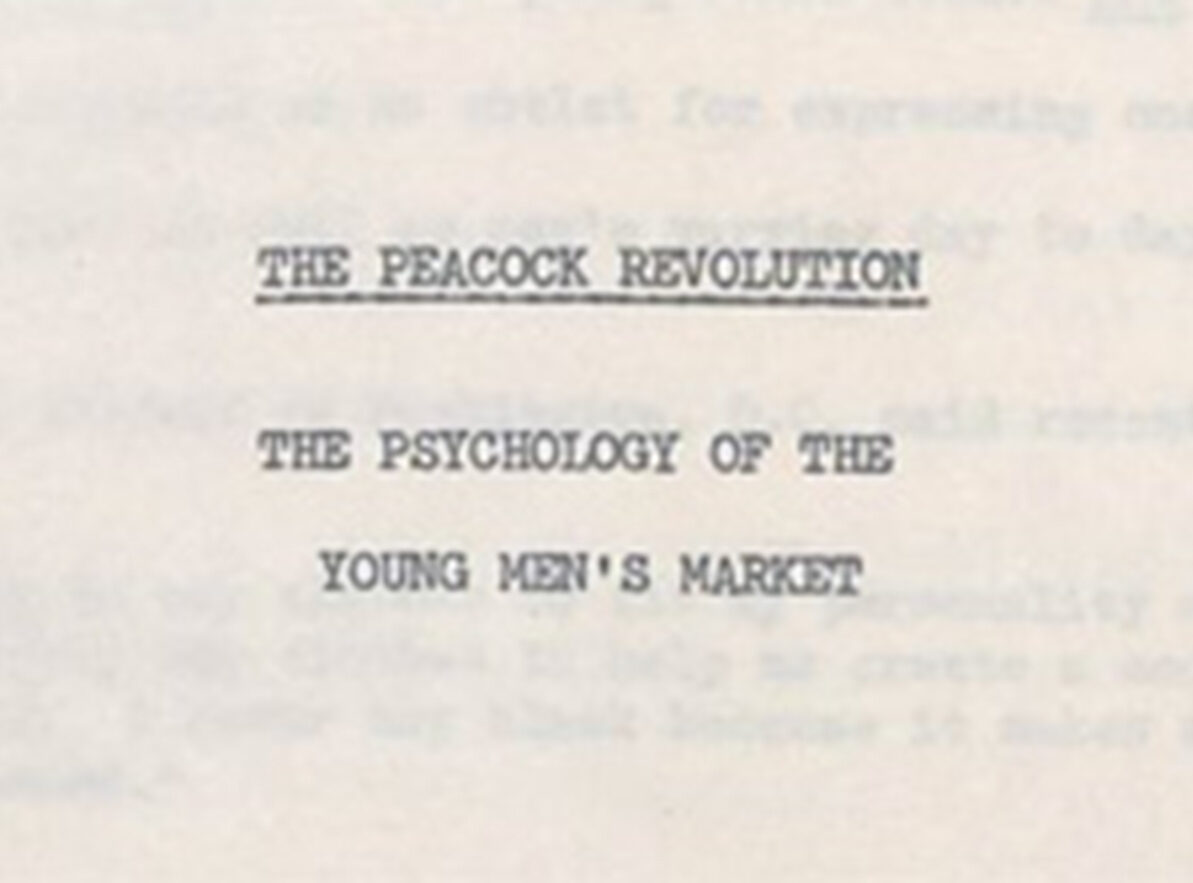 The Hunt for the Hidden Persuader: A Special Guest Blog by Regina Lee Blaszczyk
The Hunt for the Hidden Persuader: A Special Guest Blog by Regina Lee BlaszczykBack in 2006, I was hot on the trail of Ernest Dichter’s report on “The Peacock Revolution.” The phrase, which fittingly described the flamboyant turn in men’s apparel preference, has become part of the fashion lexicon even though its origins with Ernest Dichter are largely unacknowledged. Dichter’s consulting business, the Institute for Motivational Research, wrote the report as part of the marketing effort for postwar chemical giant E. I. du Pont de Nemours and Company.
-
 Bathing Parades and Bicycles: The Life of a Missionary Family in Japan
Bathing Parades and Bicycles: The Life of a Missionary Family in JapanWhilst working on Church Missionary Society Periodicals, Module II: Medical Journals, Asian Missions and the Historical Record: 1816-1986, I have been constantly entertained and intrigued by the photographs which illustrate the periodicals. The articles surrounding an image can often offer an interesting insight into its production and its significance to the CMS mission.
-
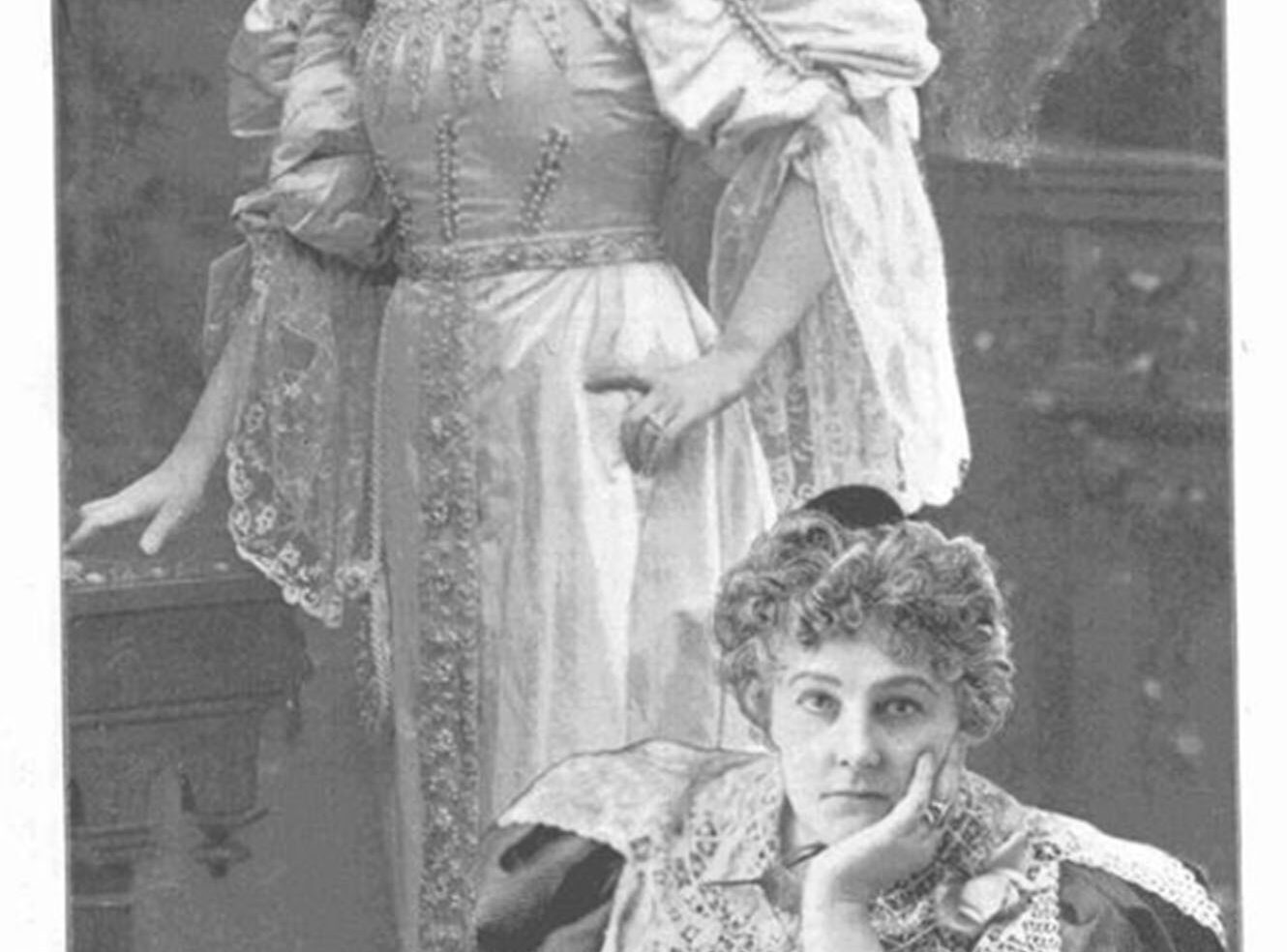 Emma Abbott, the pre-Madonna prima donna: Extraordinary everyday lives of women in nineteenth century America
Emma Abbott, the pre-Madonna prima donna: Extraordinary everyday lives of women in nineteenth century AmericaAs March is Women’s History Month, it is a great opportunity to look back and highlight some inspiring women and the work they did. From Everyday Life & Women in America 1800-1920, discover the story of Emma Abbott, a prima donna born in 1850 in Chicago.
-
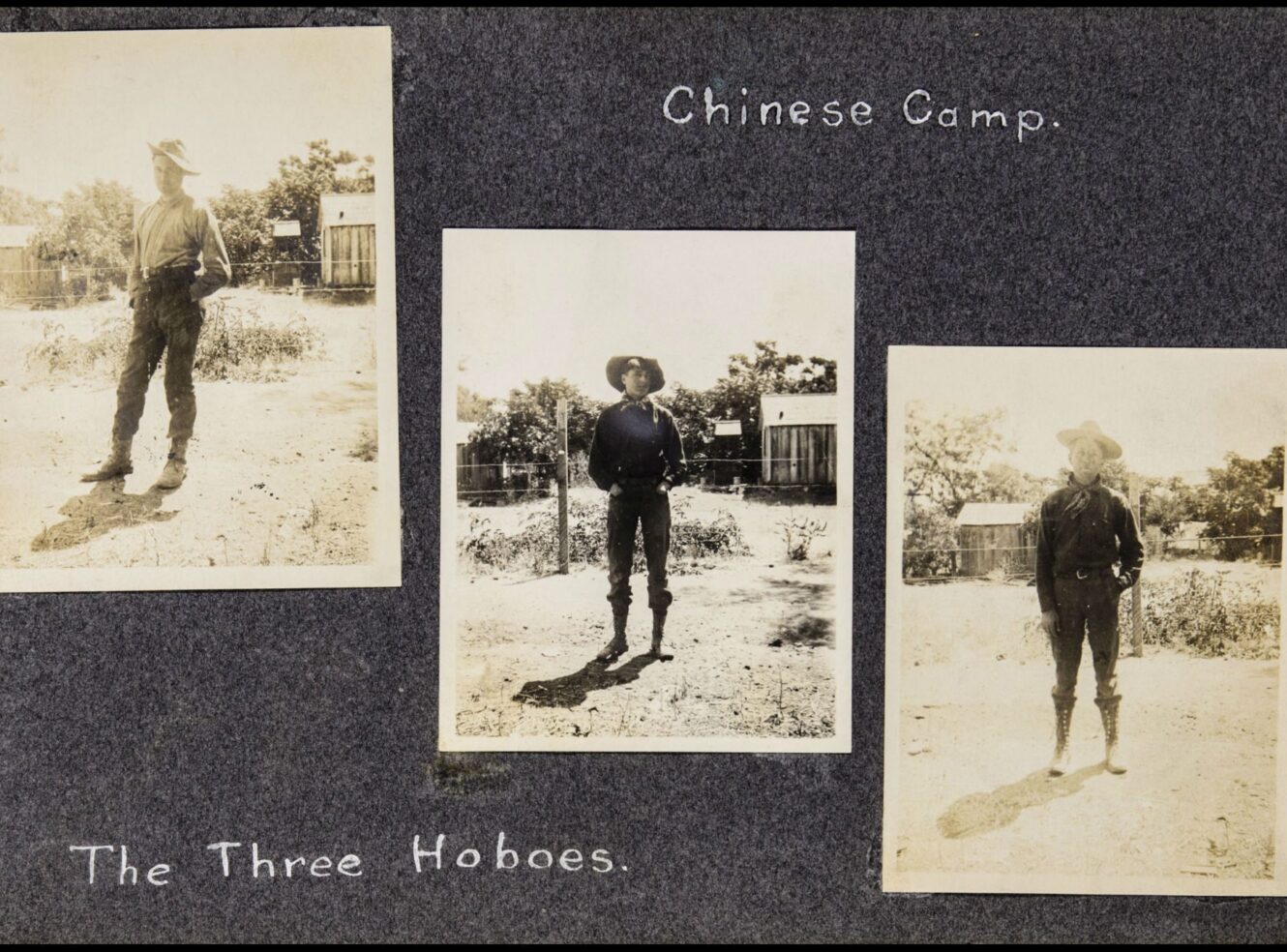 Three Go Camping in Yosemite
Three Go Camping in YosemiteSummer 2016 will see the release of Adam Matthew’s History of Mass Tourism, a highly visual and searchable collection celebrating the growth of tourism from the mid-1800s to 1960s. One of the treasures found in this resource is a photograph album belonging to a young Alfred Ghirardelli, heir to the Ghirardelli chocolate empire, depicting a trip to Yosemite in the summer of 1903.
-
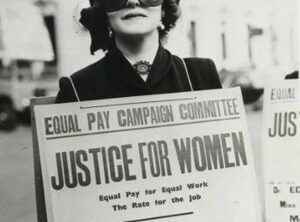 Guy Fawkes the Feminist
Guy Fawkes the FeministExcuse me - late to the party, as always - but last week, International Women’s Day, the annual celebration dedicated to championing 50% of the population for 0.27% of the year, rolled around once again.
-
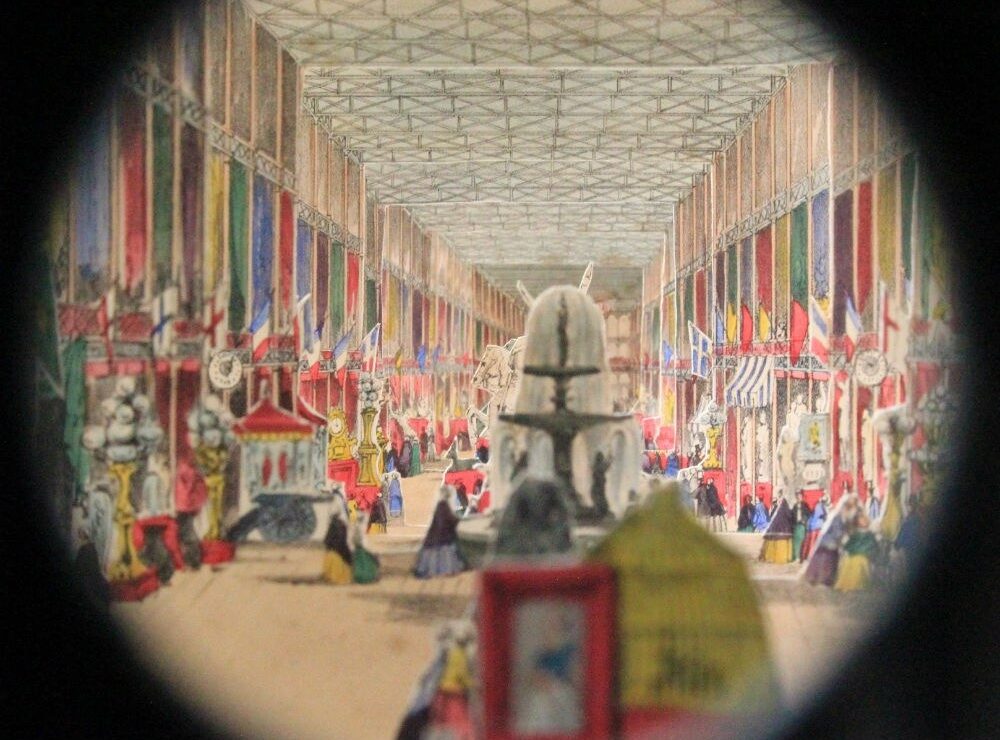 A Peep Into The Great Exhibition of 1851An item I assessed back in 2014 provided a challenge in terms of how to digitise it; Spooner’s Perspective View of the Great Exhibition is a folding concertina peepshow. It is made of ten pieces of card, each with a different layer of a scene from inside Crystal Palace, where the 1851 Great Exhibition was held (widely regarded as the most influential single event in the history of design and industry). Folded out and viewed through the peephole, these pieces make up a three-dimensional perspective of a long architectural gallery.
A Peep Into The Great Exhibition of 1851An item I assessed back in 2014 provided a challenge in terms of how to digitise it; Spooner’s Perspective View of the Great Exhibition is a folding concertina peepshow. It is made of ten pieces of card, each with a different layer of a scene from inside Crystal Palace, where the 1851 Great Exhibition was held (widely regarded as the most influential single event in the history of design and industry). Folded out and viewed through the peephole, these pieces make up a three-dimensional perspective of a long architectural gallery. -
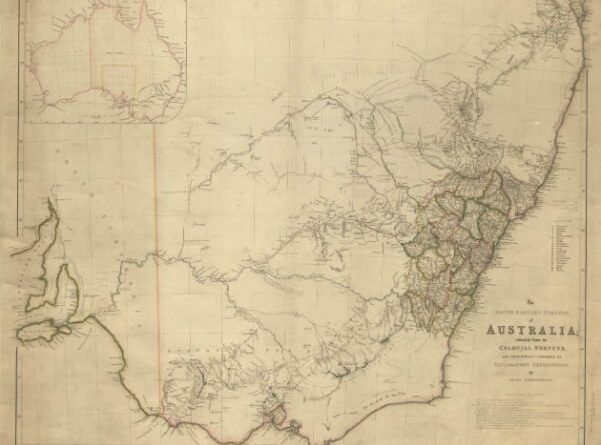 The Australian ‘Colonial Experiment’
The Australian ‘Colonial Experiment’A little over a year ago I was lucky enough to visit Australia for the first time and spent some time in the city of Sydney. While wandering around the Central Business District and down to Circular Quay, it was hard to think that this major cultural and economic centre had only been settled by European colonisers a little over two hundred years ago. For it was on the afternoon of 26 January 1788 when a fleet of eleven vessels under the command of Captain Arthur Phillip entered what today is known as Sydney Harbour and started what was described by Robert Hughes in his book The Fatal Shore as ‘a new colonial experiment, never tried before, not repeated since’.
-
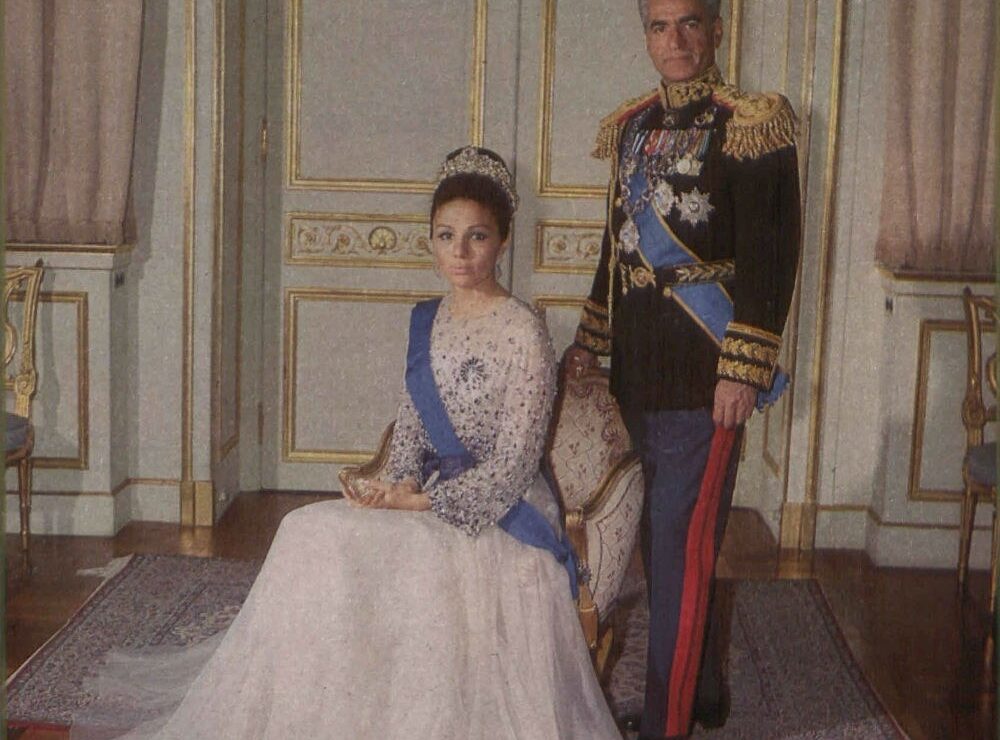 The Cyrus Cylinder: celebrating 2500 years of the Persian EmpireIn 1971, the Shah of Iran threw a party the likes of which the world had rarely before seen. It featured roasted peacocks, a city of silk, Italian son et lumiere amusements and dignitaries from every corner of the globe. You may have seen the recent BBC4 programme which examined this extraordinary event, which was a celebration of 2500 years of the Persian Empire, dating back to Cyrus the Great. In hindsight we know that this empire would soon come crashing down in the Iranian revolution of 1979, and it is this aspect which is so often analysed and studied nowadays.
The Cyrus Cylinder: celebrating 2500 years of the Persian EmpireIn 1971, the Shah of Iran threw a party the likes of which the world had rarely before seen. It featured roasted peacocks, a city of silk, Italian son et lumiere amusements and dignitaries from every corner of the globe. You may have seen the recent BBC4 programme which examined this extraordinary event, which was a celebration of 2500 years of the Persian Empire, dating back to Cyrus the Great. In hindsight we know that this empire would soon come crashing down in the Iranian revolution of 1979, and it is this aspect which is so often analysed and studied nowadays. -
 St. Louis: the 'Northern City, with Southern Exposure': A special guest blog by Priscilla A. Dowden-White
St. Louis: the 'Northern City, with Southern Exposure': A special guest blog by Priscilla A. Dowden-WhiteNewly arrived African-American migrants to St. Louis during the opening of the Great Migration became part of an established cosmopolitan community. But while a major centre of social welfare progressivism, St. Louis was also particularly wedded to residential segregation.
-
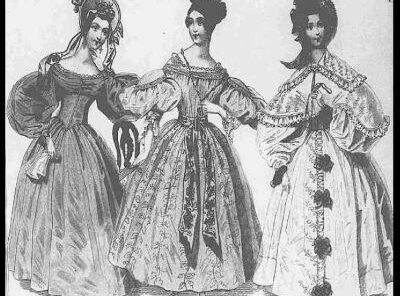 In need of some advice?
In need of some advice?I think it’s fair to say we probably all need a little advice from time-to-time and in this modern world there seems to be no shortage of professionals, books, websites and television shows to turn to when we need a little guidance. But this is by no means a modern phenomenon; guides offering advice have been circulating for centuries.
-
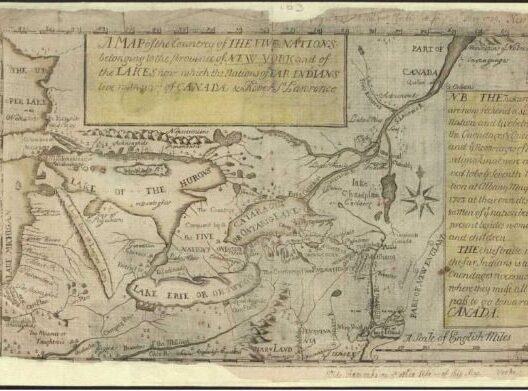 Dealing with Distance from the Archives through Digitization: A special guest blog by Craig GallagherTo access and make use of manuscript documents in the archives, historians have to deploy a variety of skills they have acquired in their training. Chief among these are the ability to navigate manuscript catalogues that are often labyrinthine, decipher the frequently challenging handwriting of historical figures, and read these materials critically in the political, social, and even curatorial context in which they were produced and catalogued.
Dealing with Distance from the Archives through Digitization: A special guest blog by Craig GallagherTo access and make use of manuscript documents in the archives, historians have to deploy a variety of skills they have acquired in their training. Chief among these are the ability to navigate manuscript catalogues that are often labyrinthine, decipher the frequently challenging handwriting of historical figures, and read these materials critically in the political, social, and even curatorial context in which they were produced and catalogued. -
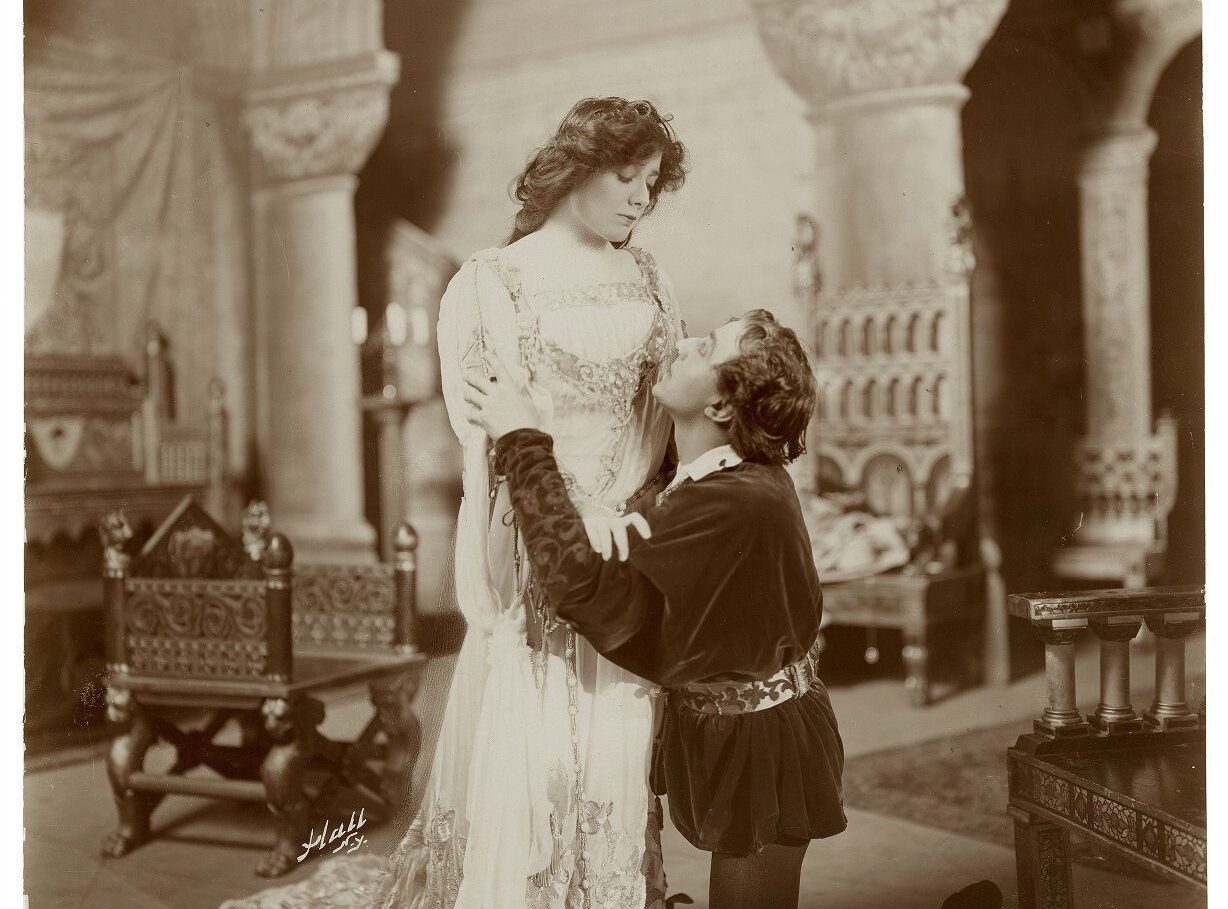 'Love me or hate me': the perils of theatrical marriageSometimes it's easy to think that the obsession with glamorous celebrities and their lives behind the scenes is purely a modern phenomenon, aided and abetted by social media and reality TV shows. But as I've been working on material for the upcoming Shakespeare in Performance resource, it's very clear that this phenomenon is timeless.
'Love me or hate me': the perils of theatrical marriageSometimes it's easy to think that the obsession with glamorous celebrities and their lives behind the scenes is purely a modern phenomenon, aided and abetted by social media and reality TV shows. But as I've been working on material for the upcoming Shakespeare in Performance resource, it's very clear that this phenomenon is timeless. -
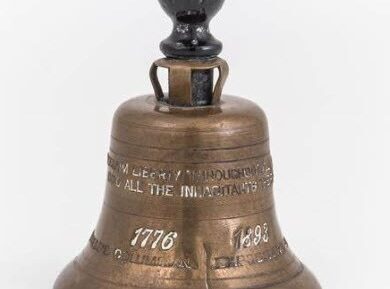 Sweet Liberty: World’s Fairs’ love affair with the Liberty Bell
Sweet Liberty: World’s Fairs’ love affair with the Liberty BellThe Liberty Bell, which has long been the symbol of American independence, is now a very familiar object to everyone in the office who’s been working on our upcoming World’s Fairs resource. Many of America’s expositions proudly hosted the bell on the fair site as a central attraction, with millions of visitors flocking to catch a glimpse of this famous national symbol.
-
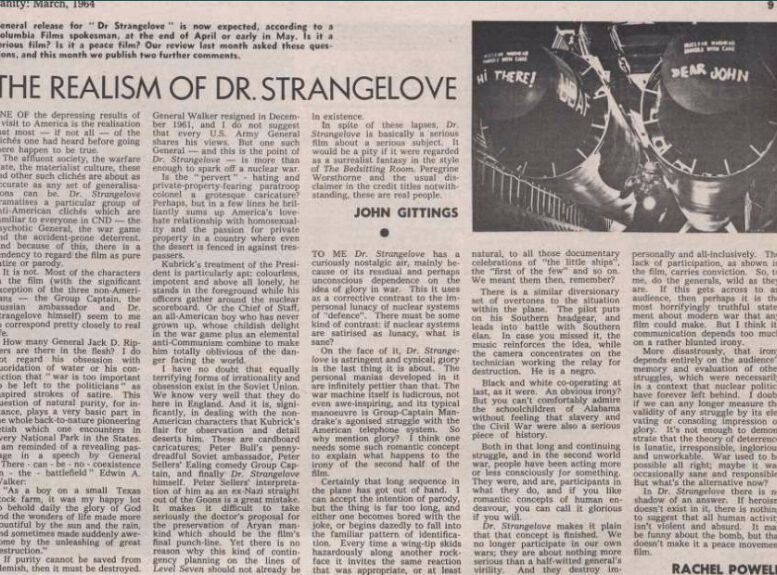 Gentlemen, You Can't Fight In Here! This is the War RoomToday marks the 52nd anniversary of the release Dr Strangelove or: How I Learned to Stop Worrying and Love the Bomb, Stanley Kubrick’s black comedy satirising Cold War anxieties of an all-out thermonuclear holocaust as a result of nuclear tensions between two countries. The film on its release predictably caused a good deal of controversy. This is hardly surprising of a film in which a crazed American General (Jack D. Ripper) manages to call for a nuclear strike against the USSR, in defence of the “precious bodily fluids” of the American people, without consulting the President.
Gentlemen, You Can't Fight In Here! This is the War RoomToday marks the 52nd anniversary of the release Dr Strangelove or: How I Learned to Stop Worrying and Love the Bomb, Stanley Kubrick’s black comedy satirising Cold War anxieties of an all-out thermonuclear holocaust as a result of nuclear tensions between two countries. The film on its release predictably caused a good deal of controversy. This is hardly surprising of a film in which a crazed American General (Jack D. Ripper) manages to call for a nuclear strike against the USSR, in defence of the “precious bodily fluids” of the American people, without consulting the President. -
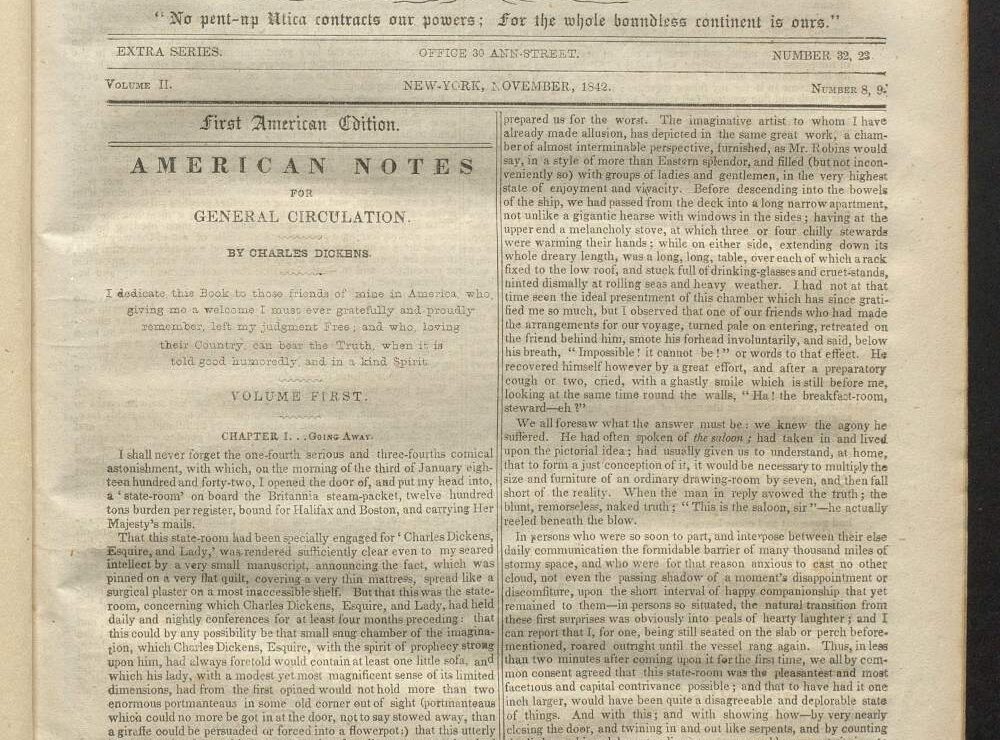 Examining America: Dickens Reviews the New World
Examining America: Dickens Reviews the New WorldCelebrations are in order this week at Adam Matthew, as Migration to New Worlds: The Century of Immigration has been made freely available to all UK higher and further education institutions, in an exciting collaboration with JISC.
-
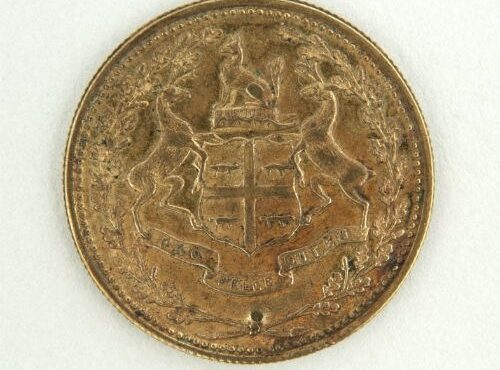 Skin for skin: Taking a closer look at Hugh Glass and the grim and grizzly nature of the American FrontierEarlier this week a few intrepid members of the team currently creating the up and coming Frontier Life collection made an expedition of their own to watch new film The Revenant. Exploring the thrilling tale of fur-trader Hugh Glass, The Revenant touches upon many themes covered in the Frontier Life collection, such as relations with indigenous peoples, trade and commerce, and of course expeditions and exploration.
Skin for skin: Taking a closer look at Hugh Glass and the grim and grizzly nature of the American FrontierEarlier this week a few intrepid members of the team currently creating the up and coming Frontier Life collection made an expedition of their own to watch new film The Revenant. Exploring the thrilling tale of fur-trader Hugh Glass, The Revenant touches upon many themes covered in the Frontier Life collection, such as relations with indigenous peoples, trade and commerce, and of course expeditions and exploration.
